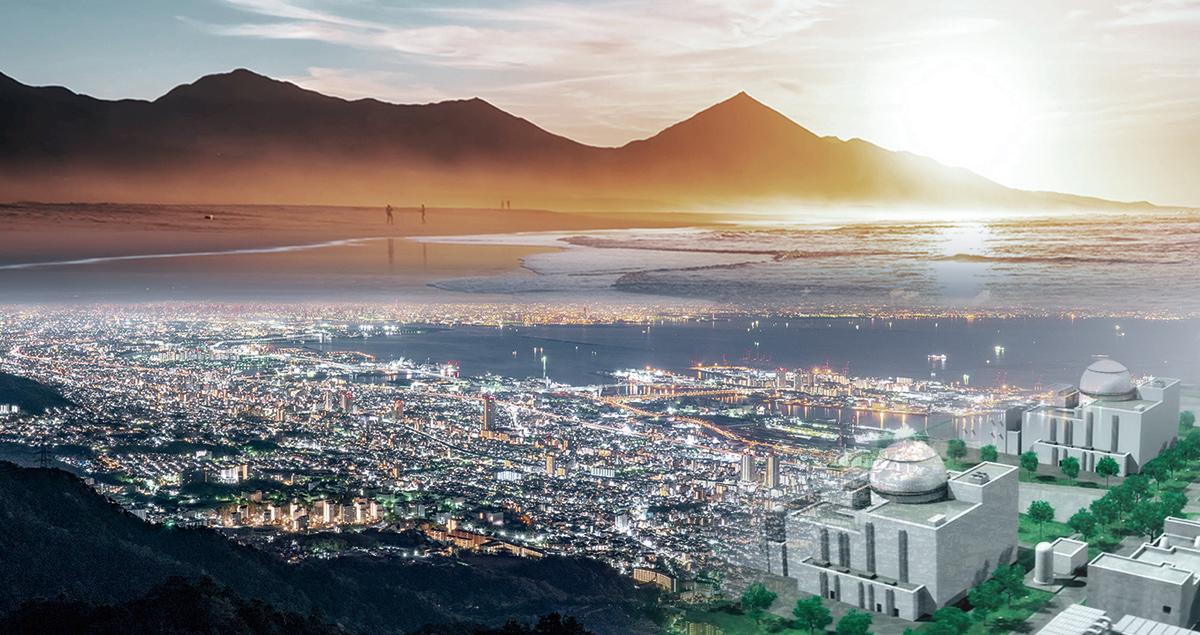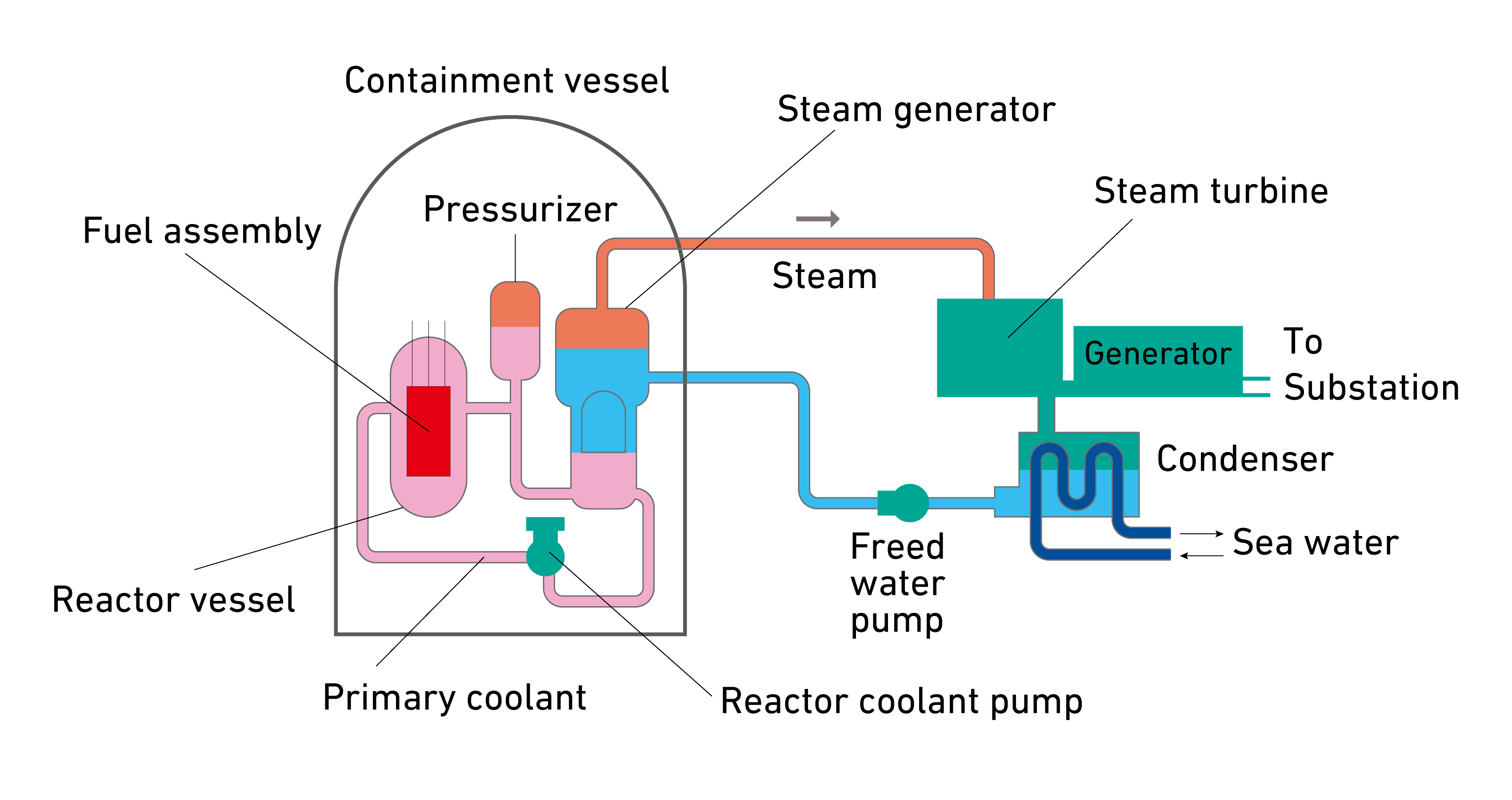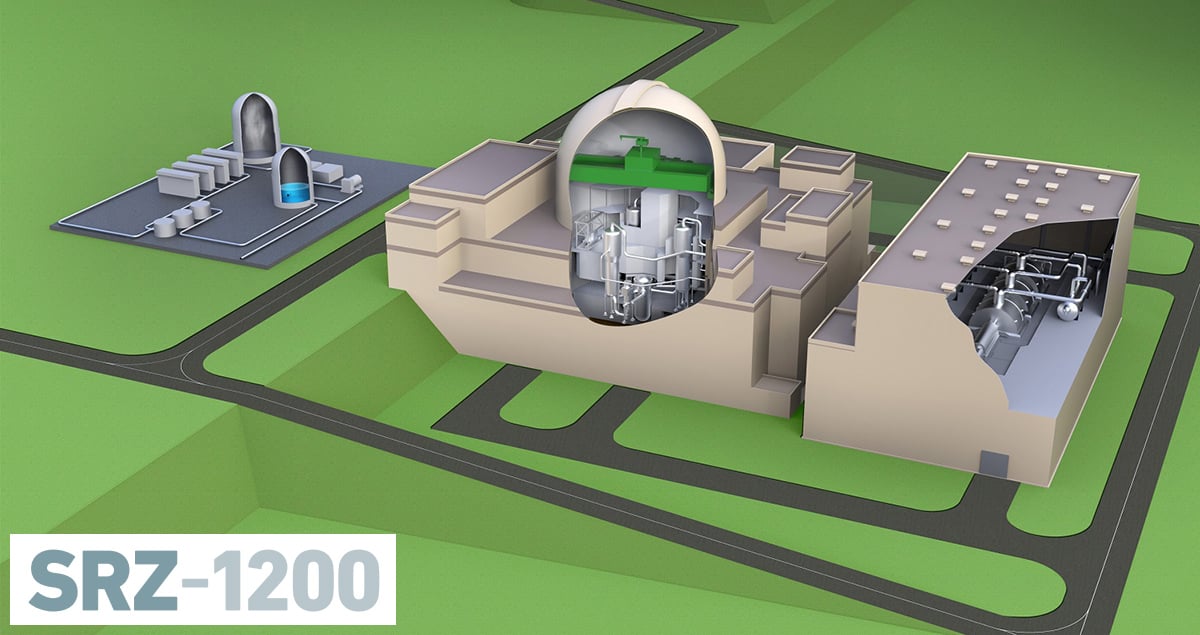Safer, more resilient and still green: nuclear’s role in net-zero

You may favor it, you may fear it, but you cannot ignore it. As well as the global aim to achieve carbon neutrality by 2050, Western nations see a growing need to increase energy security in today's uncertain geopolitical climate -- and that means nuclear power is back on the agenda.
The most fundamental advantage of this proven source of abundant energy is that nuclear fission does not emit any carbon dioxide. The International Atomic Energy Agency (IAEA) reports that even today, with the use of this technology restricted in many countries, the nuclear reactors that are running save as much as 2 billion tons of CO2 emissions a year -- equivalent to taking 400 million cars off the road -- while the EU's new taxonomy of sustainable activities has classified nuclear energy as "green.
Meanwhile, the International Energy Agency (IEA), argues that we need to double the world's installed nuclear capacity to achieve net zero emissions by 2050, making nuclear a key to solving climate change.
Stable power all the time
On top of that, nuclear power is stable. Unlike other forms of clean energy such as solar or wind, it does not suffer from intermittency issues, making it an ideal baseload power source for any electricity grid.
And, critically, nuclear power is mostly immune to price volatility -- such as the sharp rise in natural gas prices triggered by the situation in Ukraine. This has led the US, as well as major countries in Europe, to shift their attitude to nuclear power: The United Kingdom, for example, has announced it will build eight new large nuclear power stations while France is planning 14 new large reactors.
In Japan, meanwhile, nuclear power will be essential to achieving decarbonization. Currently, the world's third-largest economy depends on fossil fuels (coal, oil and natural gas) for 76.3% of its power needs. Renewables supplied about 19.8% of electricity in 2020 and nuclear power 3.9% -- down from 30% before the 2011 Fukushima Daiichi nuclear disaster.
As a result, the country's CO2 emissions have remained high, while this year's heat/cold wave combined with unstable solar power generation led to a wave of electricity shortages. In response, the government established the Green Transformation (GX) Implementation Council to design a 10-year roadmap toward realizing stable energy supply and a decarbonized society. In August, Prime Minister Fumio Kishida instructed the council to study "the development and construction of next-generation advanced reactors incorporating new safety mechanisms". This has raised hopes that the discussion on nuclear energy policy -- including the construction of new reactors - which has been stagnant for a decade, will now resume in earnest.
And for the first time in a decade, public attitudes to nuclear energy are starting to shift, most likely due to the growing focus on energy security. According to a poll by Nikkei in July, 70% of respondents said they would support the restart of nuclear reactors if their safety can be assured, the highest proportion since the Fukushima Daiichi accident in 2011.
"Many people have changed their views on nuclear power, which is a stable and domestic source of energy," Akihiko Kato, nuclear division head at Mitsubishi Heavy Industries (MHI) Group, told the Financial Times in May.
Safe, sound and secure
Against this background, MHI, together with four of Japan's leading electric utilities -- from Hokkaido, Kansai, Shikoku and Kyushu -- is working on a new generation of advanced light-water reactors designed with safety as their top priority. The group has the advantage of being the only one of Japan's three nuclear plant manufacturers that has actually built pressurized water reactors (PWR) in the country -- 24, including decommissioned plants.
In a PWR, the nuclear reactor heats water to a very high temperature, pressurizes it and generates steam in a steam generator; the steam is then used to drive a turbine, which produces the electricity. Even in the event of a total power loss -- technically known as an 'SBO' or 'Station Black Out' -- overheating can be prevented by releasing heat from the steam generator, without leakage of cooling water that contains radioactive materials.

At Fukushima in 2011, it was the loss of the core cooling function due to an SBO that triggered the meltdown of the reactor core. This will no longer be possible, making MHI’s new generation of reactors much safer.
On top of that, they will be equipped with world-class safety measures to strengthen their resistance both to natural disasters such as earthquakes and tsunamis and man-made ones like a terrorist attack. New safety mechanisms include a high-performance accumulator tank used to cool the core in the event of an accident and this will operate automatically without a separate power supply depending on the state of the plant. There is also a core catcher - equipment that reliably holds and cools molten debris inside the containment vessel - which is the world's most advanced technology. And, in a world first, MHI’s proprietary radioactive material release prevention system: a system to reduce the amount of radioactivity released in the event of a serious accident.
No wonder this new generation of reactors is being named “SRZ-1200”, with the letters standing for “supreme safe”, “resilient” and “zero carbon”, while the number indicates its 1,200 Megawatt power output.

Looking to the future
The Japanese government has more work to do to rebuild popular trust in nuclear power, though the growing importance of energy security and the global aim to achieve carbon neutrality by 2050 is clearly helping. So will the promotion of the new generation of safer reactors; and, beyond that, other innovative concepts such as compact reactors and ones specifically adapted to producing carbon-free hydrogen. All of these initiatives promise to make an important contribution to Japan reaching net zero carbon emissions by 2050.
Learn more aboutMHI's new generation of nuclear power plant





